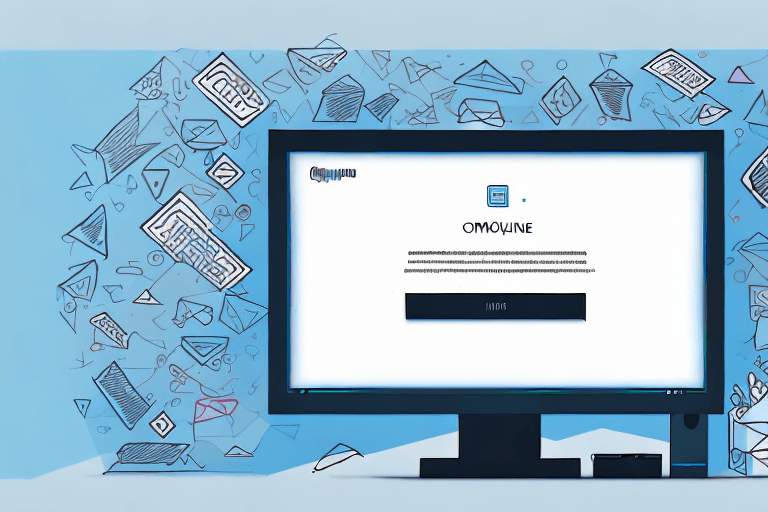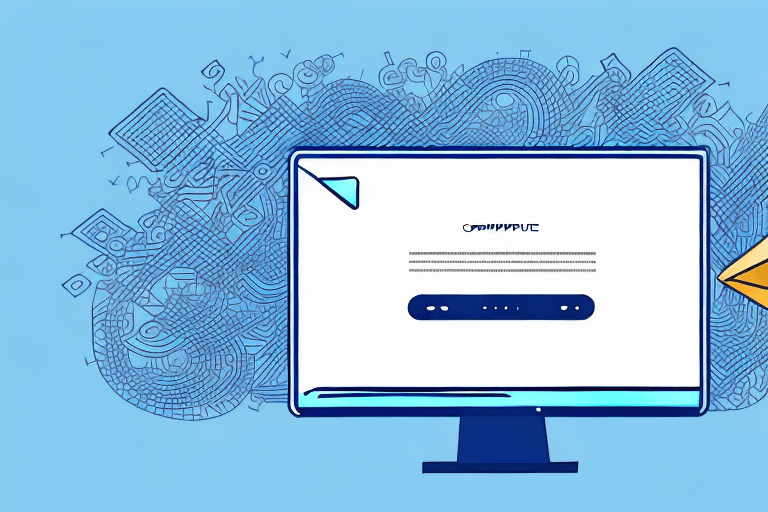In recent years, the importance of including pronouns in email signatures has become increasingly recognized as a way to demonstrate inclusivity and support for people of all gender identities. By taking a few simple steps, you can add your own pronouns to your email signature and help create a more welcoming and respectful workplace or online space.
Understanding the Importance of Pronouns in Email Signatures
Creating a More Inclusive Workplace
The inclusion of pronouns in email signatures is a way to show support for gender diversity and help create a more inclusive workplace. It sends a message that all genders are accepted and acknowledged, regardless of how someone might identify. Too often, people make assumptions based on someone's appearance or name, which can lead to misgendering and feeling alienated or excluded. By adding your pronouns to your signature, you help promote a more inclusive and accepting culture that values diversity.
Creating a more inclusive workplace is not only the right thing to do, but it can also have positive effects on productivity and employee well-being. When employees feel valued and accepted for who they are, they are more likely to be engaged and motivated in their work. By promoting a culture of inclusivity, companies can attract and retain top talent from diverse backgrounds.
Reducing Misgendering and Assumptions
Misgendering occurs when someone is referred to by the wrong gender pronoun. This can be a hurtful experience for many people, particularly those who are transgender or gender non-conforming. By including your own pronouns in your signature, you help reduce the likelihood of being misgendered by others, and you also encourage others to follow suit. This small act can make a big difference for those who have felt marginalized or excluded in the past.
It's important to recognize that misgendering can happen unintentionally, and it's okay to make mistakes. The key is to be open to learning and correcting oneself when necessary. By normalizing the use of pronouns in email signatures, we can create a more inclusive and understanding workplace where everyone feels respected and valued.
Demonstrating Allyship and Support
By including pronouns in your email signature, you show that you are an ally and advocate for people of all genders. It can be a small yet powerful way to show support and let others know that you are a safe person to talk to about gender-related issues. Additionally, it can be reassuring for people who may be hesitant to share their own pronouns or gender identity. Your willingness to share your own pronouns can make it easier for others to feel comfortable doing the same.
Being an ally means more than just adding pronouns to your signature. It means actively listening to and supporting marginalized communities, educating oneself on issues of diversity and inclusion, and advocating for change when necessary. By taking small steps like including pronouns in our email signatures, we can work towards creating a more just and equitable society for all.
Choosing the Right Pronouns for Your Email Signature
When it comes to email signatures, choosing the right pronouns is an important step in creating an inclusive and respectful workplace environment. Not only does it show that you are aware and accepting of different gender identities, but it also helps to avoid any misgendering or discomfort for those who may not identify with traditional pronouns.
Common Pronoun Options
The most common pronouns are she/her, he/him, and they/them. However, it is important to note that not everyone identifies with these pronouns. You should select the pronouns that you personally identify with and prefer to be referred to as. If you are unsure of what pronoun to use, it is best to ask the person for their preferred pronouns. It's always OK to admit that you are not sure and ask what someone prefers, rather than making assumptions based on appearance.
It is also important to note that pronouns are not always indicative of gender identity. For example, someone who identifies as non-binary may use they/them pronouns instead of traditional gendered pronouns.
Neopronouns and Their Usage
Some individuals may prefer non-traditional pronouns or "neopronouns" such as xe/xem, ze/hir, or ey/em. These pronouns may be new to you, but it is important to respect the person's preferred pronouns and use them correctly. If you are unsure of how to use a neopronoun, ask the individual for clarification or do some research to learn more.
It's important to remember that using someone's correct pronouns is a basic form of respect. Refusing to use someone's preferred pronouns can be hurtful and invalidating to their identity.
When to Use Multiple Pronoun Sets
Some people may use multiple sets of pronouns, depending on the context or situation. For example, someone may use she/they pronouns in a professional setting and they/them pronouns in a personal setting. It is important to respect and use all requested pronouns, even if they may change depending on the situation.
It's also important to note that pronouns can change over time. Someone may start using different pronouns as they explore and understand their gender identity. It's important to be open and accepting of these changes and to always use someone's current preferred pronouns.
Conclusion
Choosing the right pronouns for your email signature may seem like a small detail, but it can make a big impact on creating an inclusive and respectful workplace environment. By respecting and using someone's preferred pronouns, you are showing that you value their identity and are committed to creating a safe and welcoming space for everyone.
Formatting Your Email Signature with Pronouns
Having a professional email signature is an important aspect of your email communication. It not only provides your recipient with your contact information but also gives them a glimpse of your identity. One way to enhance your email signature is by adding your pronouns. It’s a simple yet powerful way to show your support for gender inclusivity and respect for diverse gender identities.
Placement of Pronouns in Your Signature
When adding your pronouns to your signature, it is best to place them directly after your name. This placement ensures that your pronouns are visible and accessible to your recipient. You can format them in parentheses, separated by a slash, or any other way that looks visually appealing to you. For example, "John Smith (he/him)" or "Jane Doe | she/her | they/them."
It is also important to note that you should only include pronouns that you are comfortable with. You are not obligated to disclose your gender identity if you do not wish to.
Styling and Punctuation Considerations
When it comes to styling your pronouns, it is important to choose a font and style that is consistent with the rest of your signature and easy to read. You can use the same font and color as your name or choose a different one that complements it.
Additionally, be sure to use proper punctuation when listing pronouns. Use a slash to separate multiple sets of pronouns and use “I am" or "My pronouns are" to introduce them. For example, "I am a writer and editor (she/her/hers)" or "My pronouns are they/them."
Make sure that your signature looks clean, professional, and easy to read. Avoid using too many colors, fonts, or images that may distract your recipient from the main content of your email.
Examples of Well-Formatted Pronoun Signatures
Here are some examples of well-formatted pronoun signatures:
- Jamie Chang (she/her/hers)
- Devon Lee (they/them or xe/xem)
- Sara Patel (she/they)
Remember, adding your pronouns to your email signature is a small yet impactful way to show your support for gender inclusivity and respect for diverse gender identities. It helps create a more welcoming and inclusive environment for everyone.
Introducing Pronouns in Your Workplace
Educating Colleagues on Pronoun Usage
Introducing pronouns in your workplace may require some education and discussion with colleagues. It is important to explain why including pronouns in your signature is important and how it promotes a more inclusive and welcoming environment for everyone. You may also want to provide resources or training materials to help colleagues understand the importance of proper use of pronouns.
Encouraging a Pronoun-Inclusive Culture
Encourage your colleagues to add pronouns to their own email signatures as well. By doing so, you create a culture of inclusivity and demonstrate that everyone's pronouns are important and worthy of acknowledgement. You can also suggest that colleagues include their pronouns on name tags, business cards, or other professional materials as a way to further promote inclusivity.
Addressing Resistance and Misunderstandings
Some colleagues may be resistant to including their pronouns or may not understand the importance of doing so. It is important to have an open and respectful dialogue with these colleagues and explain the reasoning behind the pronoun inclusion practice. You may also want to address any concerns they have and provide additional education or support as necessary.
Conclusion
Adding pronouns to your email signature may seem like a small gesture, but it can have a big impact on creating a more inclusive and welcoming environment for everyone. By understanding the importance of pronouns, choosing the right ones for you, and formatting your signature correctly, you can demonstrate your support for people of all genders and encourage others to do the same. Incorporating pronouns in your workplace can also foster a more inclusive and respectful culture that values diversity and promotes equality.




